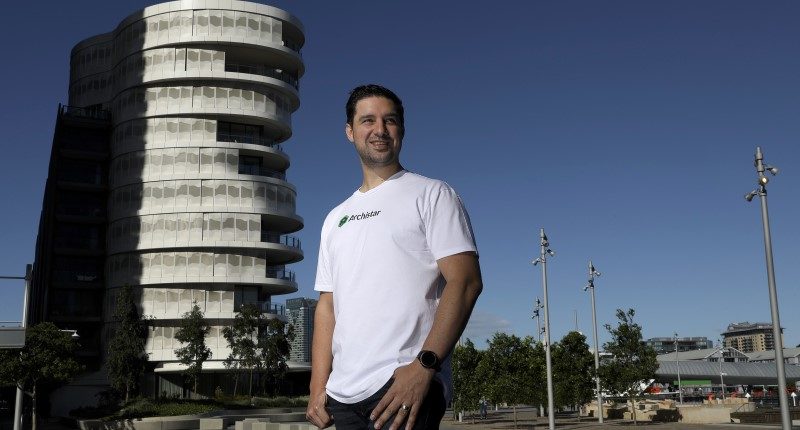
- Archistar founder said the construction industry has not been transformed digitally
- AI, IoT and 3D printing are three areas builders should focus on, he argues
- Many construction companies overseas have taken new tech on board
Building a home can be a difficult endeavour.
Much of the process involves going back and forth between various stakeholders. Often this is done under time constraints and pressure, as builders need to balance clients dreams with that of planning rules and construction constraints.
Dr Benjamin Coorey, the chief executive officer and founder of proptech and generative design company Archistar, has argued the industry as a whole has not changed over the past 30 years. After all, it has not been digitally transformed the same way the music and banking industries have.
Dr Coorey said, especially in light lockdowns, reduced face-to-face contact and rising material costs, home builders should pay greater attention to digital tools.
Artificial Intelligence
Firstly, Dr Coorey said artificial intelligence (AI) is quickly becoming the industry’s solution to many of the aches and pains of homebuilding.
“Unlike traditional design, where the process begins with a model based on an engineer’s knowledge, generative design begins with design parameters and uses AI-driven software to generate a range of models within the defined constraints,” he said.
He noted that soil testing, basic airflow and solar modelling that can take weeks can be auto-generated within seconds thanks to AI – something by his reckoning can reduce development time and costs between 30% to 50%.
“Add to this the ability for these tools to connect with third party resources, homebuilders can even copy and paste pre-designed homes from affiliated partners to test if the design works on a particular site.
“AI generative design takes the back and forth out of picking a development site and is already being taken up by developers across Australia. “
Internet of Things (IoT)
Not as well known as AI, IoT describes the network of physical objects embedded with sensors, software and other technologies that are used for the purpose of connecting and exchanging data over the internet.
“The implications for homebuilders are huge with 95% of AEC companies surveyed by KPMG saying they believe emerging technologies including IoT will fundamentally change their industry,” said Dr Coorey.
“Where this is predicted to advance efficiency is in materials management. One of the, if not the biggest, pains of homebuilding is delays in materials due to human error from lack of data.
“By incorporating sensors and RFID tags on materials we could see automated workflows, allowing developers to see in real-time where, when and at what cost materials are arriving on site.”
He noted that IoT is already being used in large scale construction for concrete cutting with AOMS Technologies, a company based in Toronto, using the technology to ensure precision when pouring foundations.
“A constant flow of real-time data from IoT sensors combined with historical data from other projects could not only increase efficiency on current sites but also provide an ever-increasing dataset that, when paired with generative design, could see AEC run even smarter and allow the industry to follow others in data-driven decision making.”
Factory-built and 3D printed
While Dr Coorey acknowledged that prefabricated housing is “by no means a new concept” he noted that 70% of the construction industry in Sweden involves prefab modular housing.
“A prefab revolution in Australia can only bode well for homebuilders and developers.
“The benefits of factory-built homes is consistency, with a controlled environment for work leading to more efficiency in building but also in design properties. Prefab firms are at the forefront of material innovation as they strive for more lightweight and thermally efficient building materials to reduce weight during transport.”
Dr Coorey referred to Rancho Mirage which is being led by Might Buildings in California that aims to build 15 eco-friendly 3D homes on a five-acre parcel of land. This will be the first in the world to fully integrate the technology into home development.
“3D printing may be in its infancy but the benefits of lower labour cost, increased quality control and better control over sustainable practice will make it a desirable process for future homebuilders,” he said.
“Tools like generative design, IoT and 3D printing are already making their mark on today’s construction sites and will only advance the industry’s digital transformation in the years to come.”







